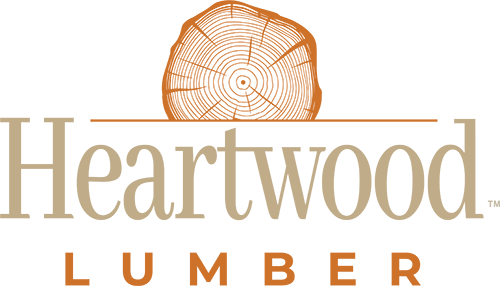
Hickory’s strength and durability make it a great wood for high-traffic and heavily-used applications – like flooring and tool handles.
Hickory
Strong and shock-resistant
Hickory is among the hardest and strongest of woods native to the United States. On average, Hickory is denser, stiffer, and harder than either White Oak or Hard Maple. The wood is commonly used where strength or shock-resistance is important.
Hickory’s heartwood tends to be light to medium brown, with a reddish hue. The outer sapwood is a paler yellowish brown. Boards with contrasting heartwood and sapwood create a somewhat rustic appearance that’s sometimes marketed as Calico Hickory. The grain of hickory is usually straight, though occasionally wavy, with a medium texture.
Hickory can be difficult to work, with tearout being common during machining operations if cutting edges are not kept sharp; the wood tends to blunt cutting edges. It glues, stains, and finishes well, and responds well to steam bending.
Pignut Hickory falls into the True-Hickory grouping, and is considered to be a ring-porous wood. The strength characteristics of Hickory are influenced considerably by the spacing of its growth rings. In general, wood from faster-growing trees, with wider spaced growth rings, tends to be harder, heavier, and stronger than wood from slower-growing trees that have rings which are closer together.
Common uses
Hickory is commonly used for counter tops, cutting boards and charcuterie boards.
Call for a Quote
We love to talk to you about your projects, answer questions, and come up with a solution together.
